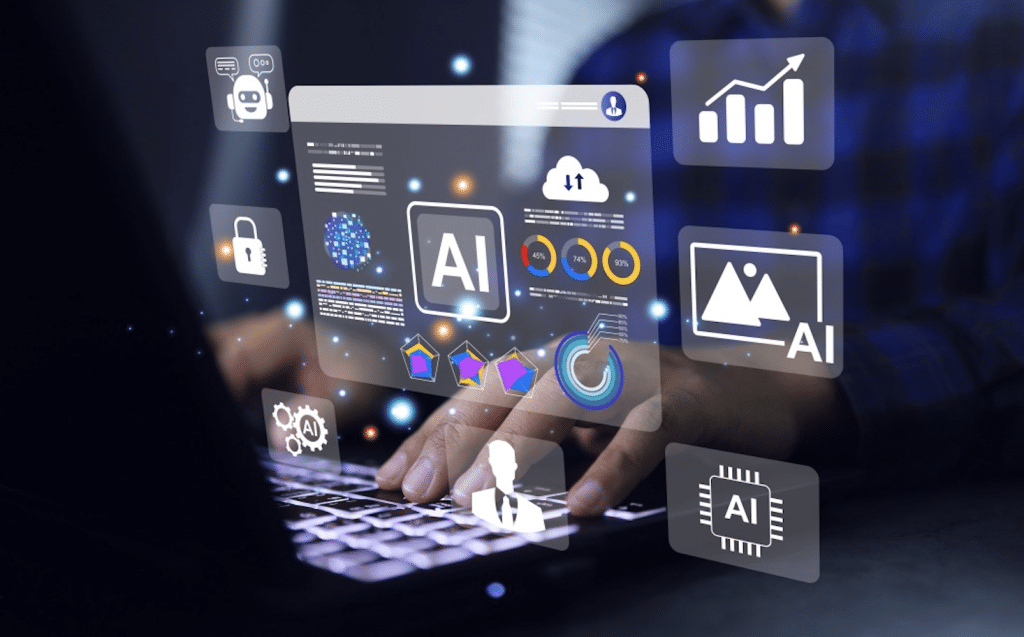Artificial Intelligence (AI) is no longer a futuristic concept—it’s here, evolving rapidly and reshaping the way industries operate. From manufacturing floors to logistics hubs, AI-driven technologies are playing a pivotal role in enhancing safety standards, minimising risk, and protecting human lives. Whether it’s predicting potential hazards, monitoring environments in real time, or automating emergency responses, AI is proving to be an indispensable tool in the quest for safer workplaces. Let’s explore how AI is transforming safety protocols across various sectors.
Manufacturing: Minimising Human Error and Predicting Risks
In manufacturing, safety and efficiency must go hand in hand. AI is making it possible to predict equipment failures before they happen, enabling proactive maintenance and reducing the risk of accidents. Machine learning algorithms analyse vast amounts of data from machinery, identifying patterns and detecting anomalies that a human operator might overlook. AI-powered robotics are also helping reduce exposure to dangerous tasks. Collaborative robots, or “cobots,” can work safely alongside humans, performing repetitive or hazardous jobs with precision and without fatigue. This shift not only enhances productivity but significantly reduces the potential for workplace injuries.
Logistics and Warehousing: Smarter, Safer Operations
Warehousing and logistics environments can be high-risk zones, especially when it comes to vehicle and pedestrian interactions. AI-powered systems are now being used to monitor traffic flow, track the movement of forklifts, and identify potential collision hazards in real time. One key innovation in this space is how AI-powered pedestrian detection works. These systems use computer vision and deep learning algorithms to identify and track human presence, alerting vehicle operators before a potential incident can occur. This real-time awareness significantly reduces the risk of injury and supports a culture of safety across warehouse and industrial environments.
Construction: Real-Time Hazard Detection
Construction sites are dynamic and constantly changing—making safety a major concern. AI is now being integrated into drones and camera systems to monitor worksites from above, identifying safety breaches such as missing PPE, unsafe scaffolding, or overcrowded zones. Computer vision can analyse video feeds to detect when workers are too close to heavy machinery or in unauthorised areas. Alerts can be sent immediately to supervisors, allowing for swift corrective action. Over time, AI systems also help identify recurring safety issues, enabling businesses to implement long-term improvements.
Mining: Automating Hazardous Tasks
The mining industry has long faced the challenge of operating in extreme and unpredictable conditions. AI-driven autonomous vehicles and drilling systems are reducing the need for human workers to enter dangerous environments. These systems can navigate difficult terrain, operate continuously, and react faster than humans in emergency situations. On top of this, AI is being used to monitor air quality, detect seismic activity, and analyse geological data to prevent cave-ins and explosions. By removing people from harm’s way, AI is transforming mining into a safer industry.
Healthcare: Enhancing Patient and Worker Safety
AI in healthcare is most commonly associated with diagnostics and treatment recommendations, but it also plays a crucial role in safety. Predictive analytics can help hospitals forecast patient influx and resource demand, reducing overcrowding and ensuring proper staff allocation. AI-driven monitoring systems also track patient vitals in real time, alerting medical staff of sudden changes. For workers, AI tools help manage exposure to infectious diseases and ensure compliance with hygiene protocols, particularly in the wake of global health crises.
A Safer Future Through Innovation
Artificial Intelligence is revolutionising how industries approach safety—not by replacing humans, but by augmenting human capabilities and reducing the likelihood of error. As these technologies continue to develop, they’ll provide even greater insights, automation, and preventative measures to keep workplaces secure. The industries that embrace AI not only protect their employees but also demonstrate forward-thinking leadership and commitment to long-term sustainability. In the end, the integration of AI into safety practices isn’t just a technological upgrade—it’s a smarter way to work.
